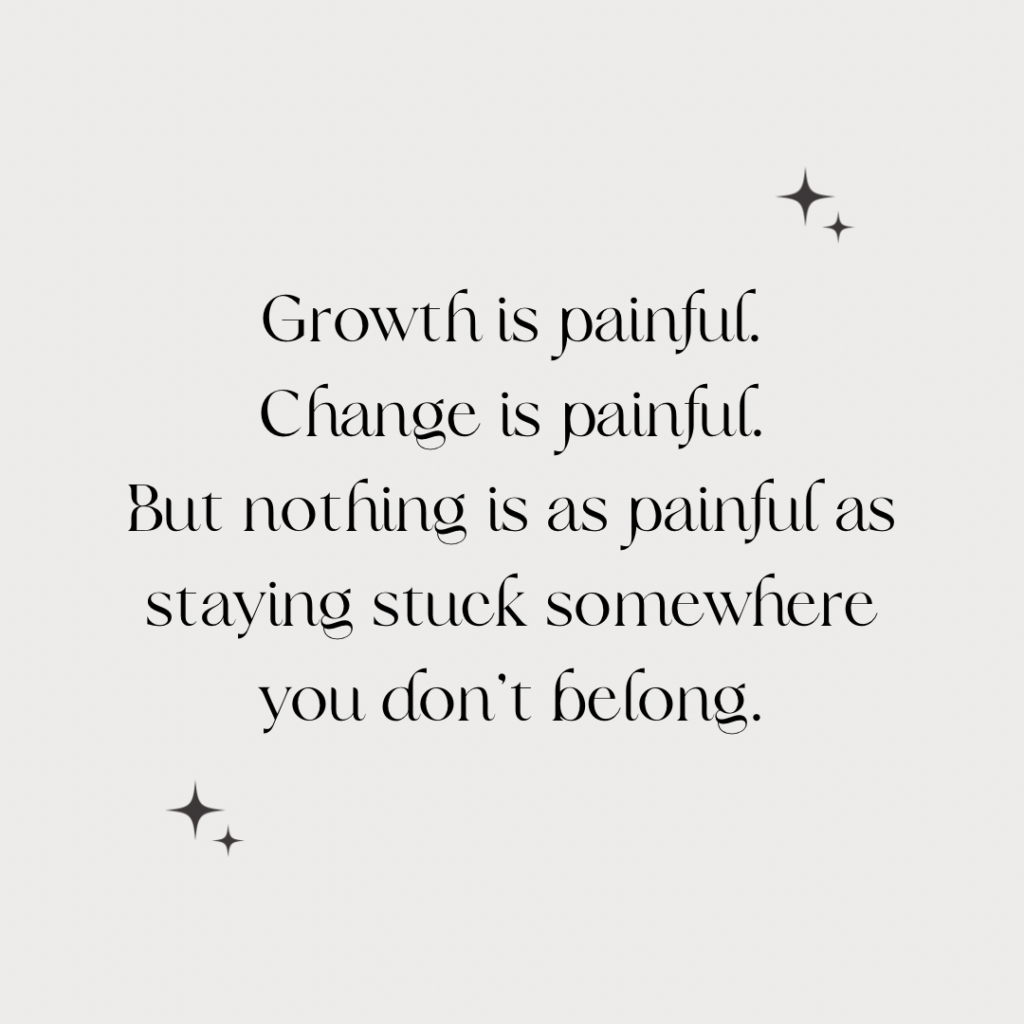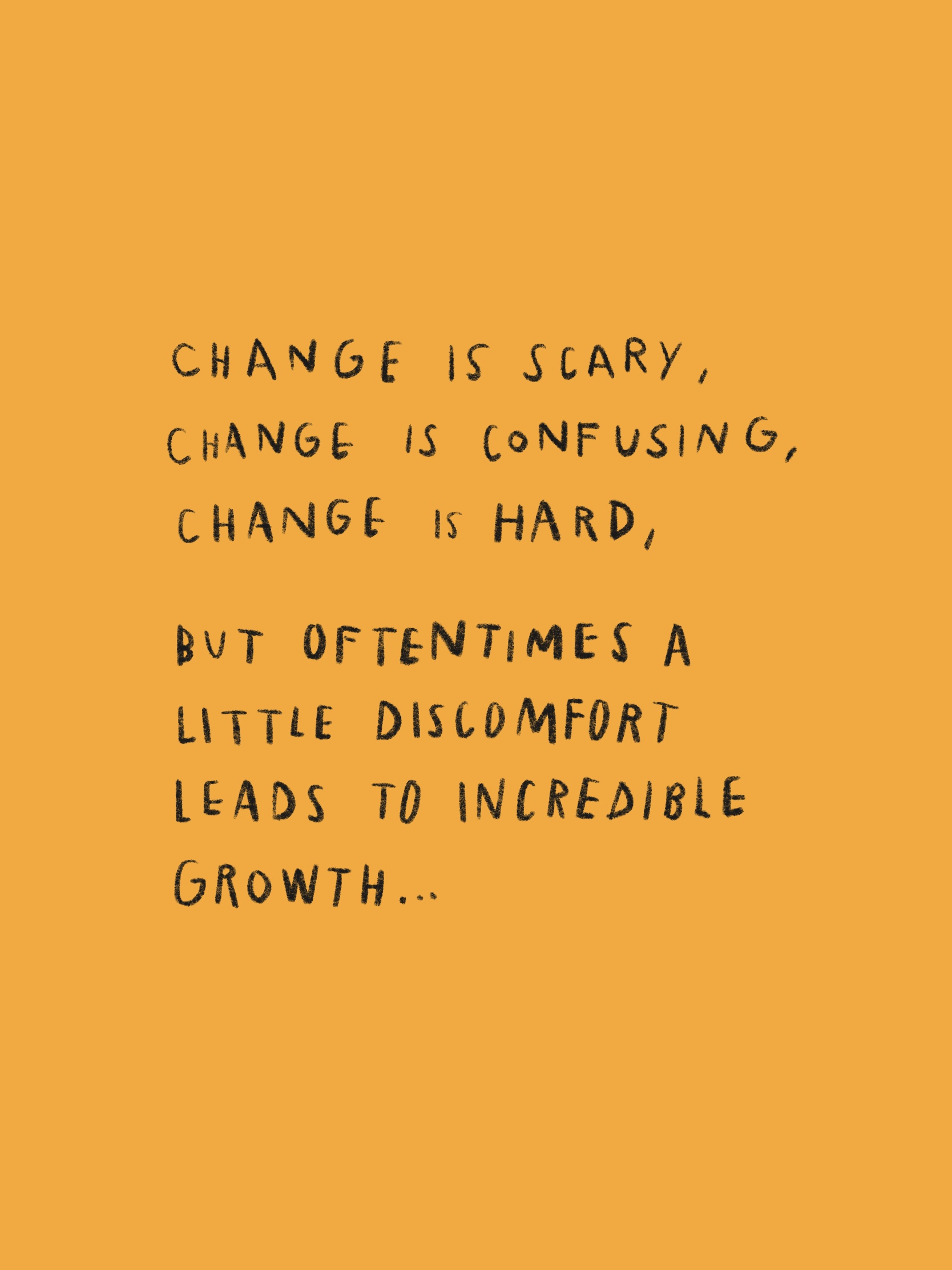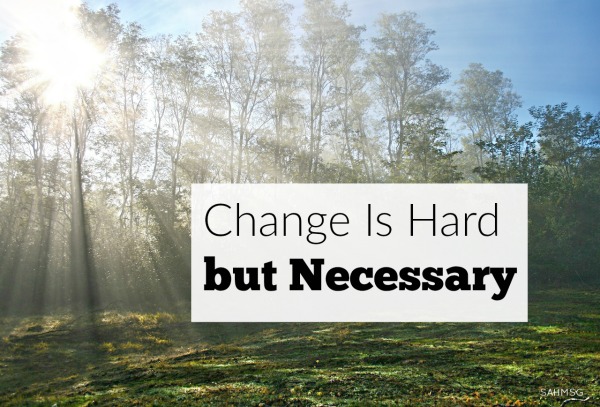Change is hard. We say and hear it a lot, and eventually we start to believe it. That being said, we also want and work toward change. We’ve all felt the need to make a change in our lives, whether it’s giving up a bad habit, learning a new skill, or changing our whole course.
The difficulty with changes arises from our propensity to view them as issues rather than as chances for development and learning. The majority of individuals are averse to altering their routines because they have either experienced difficulty adjusting in the past or have seen others struggle. Why is change so difficult when everyone wants the same thing?
According to Research conducted at Columbia Business School, three of the reasons why change is so difficult are closely related to one’s mindset: our brains are programmed for laziness; our brain capacity is finite; and our brains simply don’t like change.
While change requires effort, resilience , planning, and support, there are some approaches to change that make it more difficult.

1. Adopting many behaviors at once
Attempting to modify an excessive number of variables simultaneously has several drawbacks. It could cause you to lose attention. It takes careful management to make too many changes in too many areas of your life at once. It could leave you feeling overwhelmed and disoriented. It takes resistance to well-established behavioural patterns to bring about change, which means you will be fighting against natural, unconscious brain processes that are meant to make life simpler. It takes work to resist what has already become ingrained in you, and if you have to struggle on several fronts at once, you could feel exhausted at the end of the day.
Moreover, when you link two or more changes together, a failure in one may make you abandon the other, especially in the beginning. Imagine, for example, that you decide to lose weight. So, what do you do? The most popular response: Diet and exercise. However, changing the way you eat and adding exercise to your daily routine are two different things, even though they are linked to the same goal. Targeting them simultaneously increases the probability of setbacks in both. On the day that you skip exercise, you may also find yourself indulging in your favorite ice cream.
2. One change involves other changes
Changing one habit involves other small-scale changes that you have to be aware of and prepared for. Let’s go back to the weight loss example. You decide to change the way you eat. You have to choose a diet regimen—consult a nutritionist, restrict calories, intermittent fasting, cleansing, keto, weight watchers—there are thousands of choices. After you make your choice, you have to make other changes as well. For example, where you shop for groceries, what you buy, how you prepare it, how you serve it, when you eat it, and so on. Failing to pay attention to all these small-scale changes may thwart your efforts to change a habit.
3. Unclear about benefits
Besides being too comfortable where we are, or being too scared to make a change, what makes change seem difficult is that we are not really convinced about how much better life will be after we make the change. Is all the effort worth it? How is my life going to be better? How are my relationships going to be better? The lack of clear benefit makes it hard to convince ourselves to put effort toward something whose appeal is not evident. We may not like our current state, but if there is no desired state to aspire to, change becomes redundant. Being unable to envision what life will be like after the transformation dampens our motivation.

4. Giving up too soon
Another reason that makes change appear difficult is impatience. When we don’t see results fast, we will not be incentivized to continue the effort to change. And without effort, there is no result. Giving up too quickly is why many diets don’t work, why many of us do not work out regularly, and why many people feel stuck in life. A solid, sustainable change is likely to follow many half-starts, many failed attempts, and many moments of frustration and disappointment. This is why resilience is important. Prepare for slip-ups ahead of time, create contingencies to allow for failure, and remind yourself often that this is part of the process of change.
5. Changing other people
If you are looking to fail, try changing another person. Our ability to change someone else is extremely limited. When the focus is on changing how someone else feels, thinks, or acts, we may end up disappointed, frustrated, angry, and hurt. Despite our best intentions, our most persuasive approaches, or our darkest manipulations, a person will not change just because we said so. The only thing we can change is how we connect and relate to other people. This does not mean that we shouldn’t offer help, guidance, or opinion when asked to. But change itself is each person’s individual task and duty. You can lead a horse to water, but you can’t make it drink. So, if you are finding changing other people difficult, shift your focus to changing you.

In order to get better at change, we must get better at feeling distressed and uncomfortable. We must do distress and discomfort differently. I’m not talking about settling with tolerating and managing the feelings. I’m talking about building the confidence that you can feel them and move on with what’s important. And it takes a lot of willingness and practice to seek out opportunities to practice feeling the feelings and doing them differently.
In order to allow yourself to be uncomfortable, you need to remember the thing that means more to you than escaping the discomfort. It’s what allows you to move through the discomfort. Everyone’s why is different, and once you figure out what it is, you’ll want to keep it front and center.





Your point of view caught my eye and was very interesting. Thanks. I have a question for you. https://accounts.binance.com/tr/register?ref=W0BCQMF1
Your point of view caught my eye and was very interesting. Thanks. I have a question for you. https://accounts.binance.com/ar-BH/register-person?ref=V2H9AFPY
Your point of view caught my eye and was very interesting. Thanks. I have a question for you.